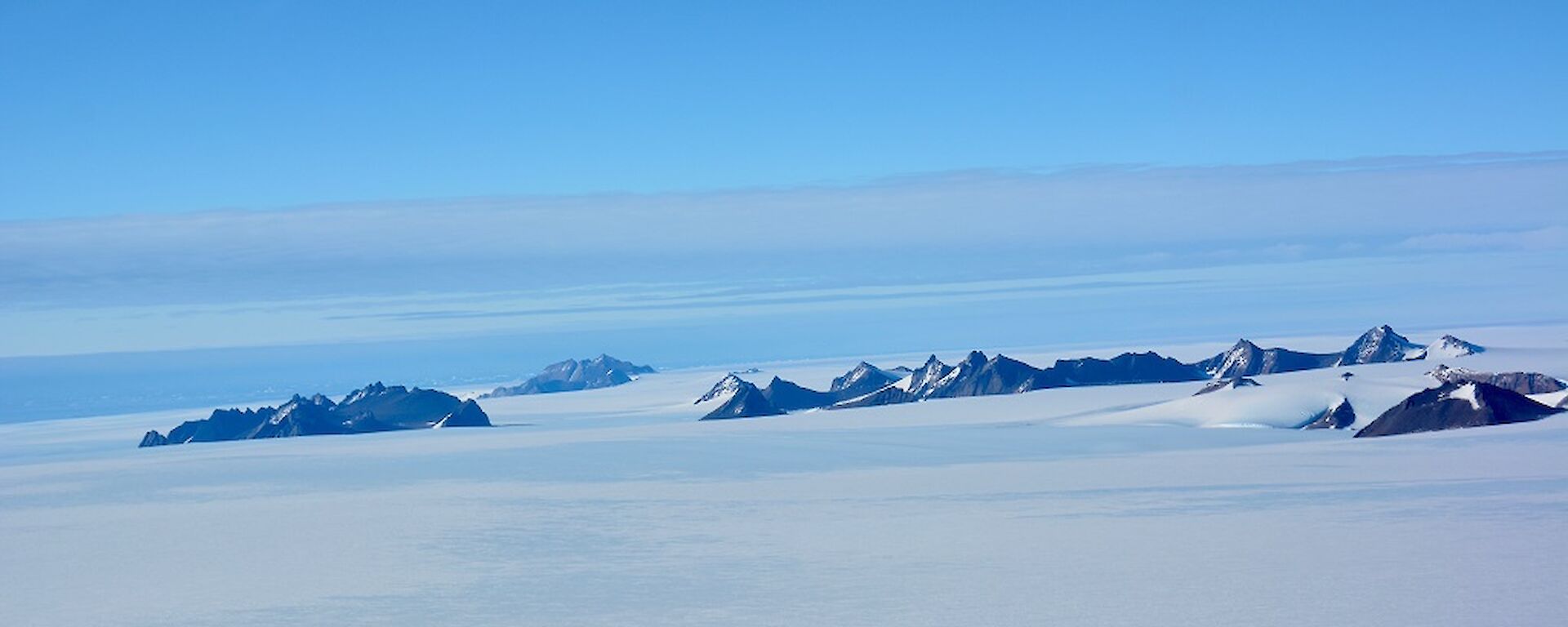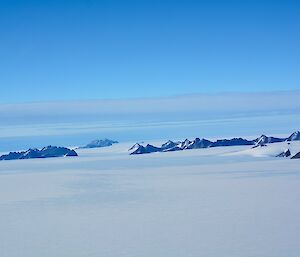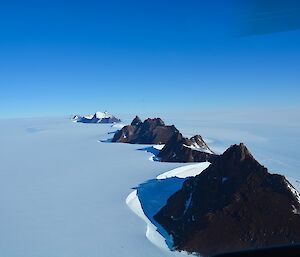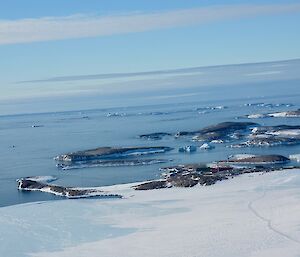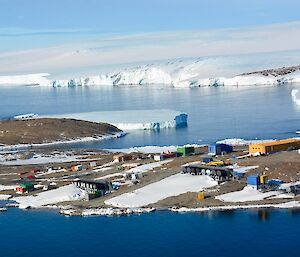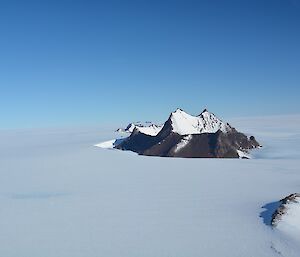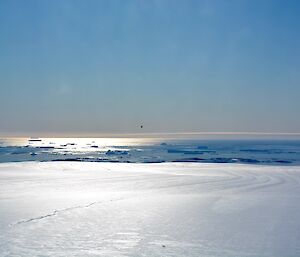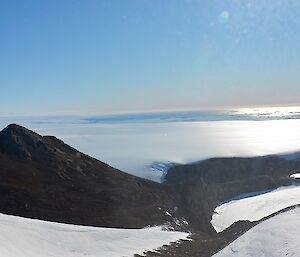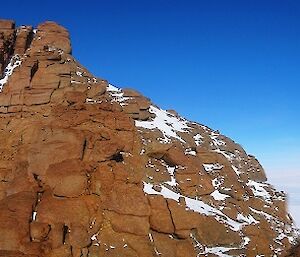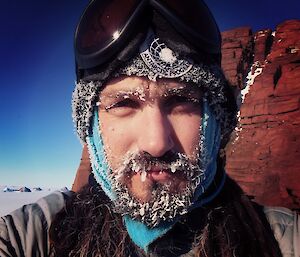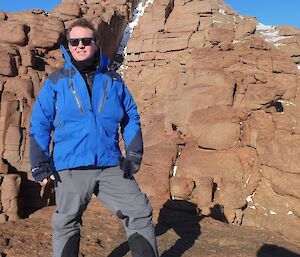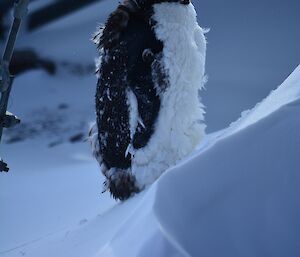A couple of weeks ago, while helicopter pilots were still around, we took advantage of the opportunity to have a closer look at terrain surrounding station. This was a great chance to see crevasse fields, glacier and mountains as well as get a great overview of field hut locations in case of any search and rescue situations.
We split into groups of four and quickly found our survival bags, thermals and cameras. Survival bags are essential kit as soon as you leave the station area — they contain a change of thermals, sleeping bag, bivvy bag, snacks, microspikes and lots of little pieces of survival equipment that you might need if you were stuck somewhere waiting for assistance or some bad weather to pass. Even though it was a relatively warm day, we all put on our thermal layers because our helicopters are not heated and it can get a bit cool after sitting for a while.
Following a briefing from the pilots we were strapped in, the doors were shut and up we went. The first views of the station from above show how small our footprint is in the scheme of things. The plateau stretches for miles — as far as you can see behind the station and in front there is sea, islands and icebergs in the other direction. It was pretty awe inspiring.
We turned towards the mountains and headed over an old Russian aircraft that is slowly being carried away by the glacier that it crashed into many years ago. Our chopper headed toward the David Range were Fang hut is located, then over to Mt Hordern. The ice scours were really deep around Mt Hordern and demonstrate how the wind is directed by the mountains.
After seeing Mt Hordern we headed south to the Central and North Masson Ranges were Rumdoodle hut is located before travelling towards Mount Henderson. ‘Hendo’ was the most spectacular of the mountains to fly over, partially because we were facing the ocean and had a view of the mountains with icebergs in the background, but also because of Hanging Lake which is elevated and nestled in the middle of the mountain.
It was a very special treat for us all to be given this opportunity and something that I will remember for a long time.
Jenny Wressell, Station Leader

